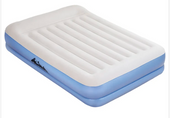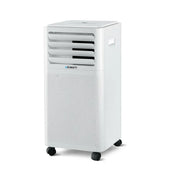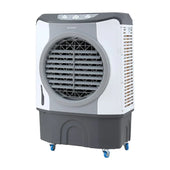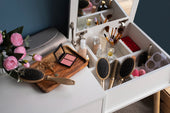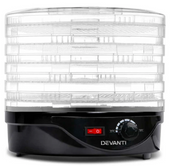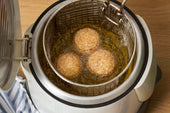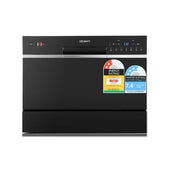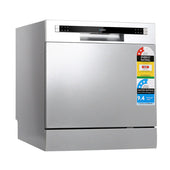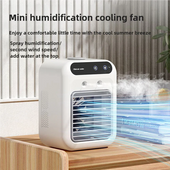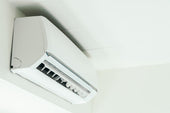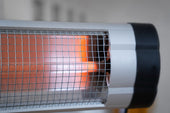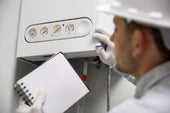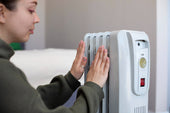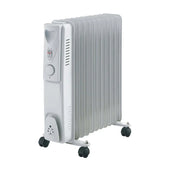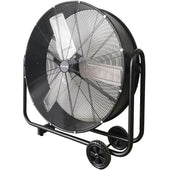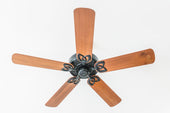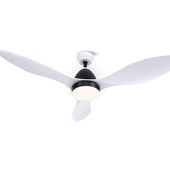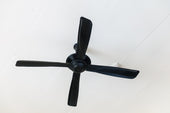Understanding the Importance of Cleaning Your Shower Head
A clean shower head is essential for maintaining optimal water flow and ensuring a hygienic bathing experience. Over time, minerals like calcium and magnesium found in water, especially in hard water areas, can accumulate and form limescale. This build-up can clog the small nozzles, reducing water pressure and overall efficiency. Additionally, warm, moist conditions within the shower head create the perfect environment for bacteria, mould, and mildew to thrive, potentially posing health risks. This is particularly crucial for high pressure shower heads, where even small blockages can greatly reduce effectiveness.
Regular cleaning helps preserve the longevity of the shower head and improves its appearance. It also ensures a steady, even water stream and prevents unpleasant odours caused by microbial growth. Whether you use electric shower heads or more traditional models, upkeep is key to performance.
Signs Your Shower Head Needs Cleaning
- Low Water Pressure: A noticeable reduction in water pressure during a shower can often indicate blockages caused by mineral deposits or dirt within the shower head, a common concern addressed by solutions available at During Days.
- Uneven Spray Pattern: If water sprays inconsistently or some nozzles are completely blocked, it’s likely due to accumulated debris clogging the tiny holes.
- Discoloured Shower Head: Visible limescale, rust, or greenish residue around the nozzles or body suggests a build-up of minerals or mildew. This can especially be an issue with designer finishes like gold shower heads, where discolouration is more noticeable.
- Bad Odour: A foul smell emanating from the shower head can signal the presence of bacteria or mould within the fixture.
- Water Droplets Clinging: Residual water remaining on nozzles may point to internal blockages or built-up grime preventing proper drainage.
Cleaning promptly can prevent further damage and restore optimal water flow.
Gathering the Necessary Supplies for Cleaning
To clean a shower head without removing it, specific tools and materials are required. Start by assembling these essentials to ensure the process is efficient and straightforward:
- White Vinegar: Ideal for breaking down mineral buildup and removing limescale. Use distilled vinegar for best results.
- Plastic Bag: A sealable sandwich or gallon bag large enough to fully cover the shower head.
- Rubber Bands or String: Necessary to secure the bag around the shower head.
- Water: For diluting vinegar if needed and for rinsing.
- Old Toothbrush: Useful for scrubbing stubborn residue.
- Soft Cloth or Sponge: For wiping down the shower head after cleaning.
Gather all items in advance for smooth execution, regardless of whether you're working with black shower heads, chrome, or other finishes.
The Benefits of Cleaning Without Removing the Shower Head
Cleaning a shower head without taking it off offers several advantages that save time, effort, and potential hassles.
- Ease of Access: It eliminates the need for tools or complicated disassembly processes, making it an accessible option for anyone.
- Time-Saving: Without dismantling parts, the cleaning process becomes significantly quicker and more straightforward.
- Prevents Damage: Avoids accidental damage to threads, seals, or fittings caused by improper removal or reinstallation.
- No Plumbing Disruption: Maintains water flow connections intact, ensuring uninterrupted usage and water pressure post-cleaning.
- Convenience: Ideal for quick maintenance or when tools are unavailable, making it practical for routine upkeep—especially for setups like overhead shower heads or dual shower heads, which can be cumbersome to remove.
This method ensures efficiency while preserving the longevity and performance of the shower head.
Using Vinegar for a Safe and Effective Clean
Vinegar is a natural descaling agent that dissolves mineral deposits and grime without relying on harsh chemicals. To clean the shower head, combine white vinegar with warm water in a basin or bowl. Using a plastic bag, pour the mixture inside and carefully secure it around the shower head with a rubber band or string. Ensure it’s fully submerged for efficient cleaning. Allow the vinegar solution to sit for at least 30 minutes, or longer for stubborn buildup. After soaking, remove the bag and wipe the shower head with a soft cloth or sponge, focusing on crevices and holes to restore water flow effectively. This method is effective even for larger square shower heads with numerous nozzles.
Methods for Cleaning with Baking Soda
Cleaning with baking soda offers an effective and accessible method for maintaining a shower head without the need for removal. Begin by preparing a paste using equal parts baking soda and water. Apply the mixture directly onto the shower head, focusing on areas with visible limescale or buildup. For precise application, a toothbrush can be used to work the paste into the nozzle openings.
Alternatively, combine baking soda with white vinegar to create a cleaning solution. Fill a plastic bag halfway with the mixture, then secure it around the shower head using a rubber band. Allow it to sit for 1–2 hours before rinsing thoroughly with warm water. This gentle technique is also useful when working with portable shower heads that may have more delicate fittings.
Tips to Tackle Stubborn Build-Up
- For stubborn mineral deposits, use distilled white vinegar. Fill a small plastic bag halfway, ensuring it is enough to submerge the shower head without spilling.
- Secure the bag around the shower head nozzle using a rubber band or string. Allow it to soak for several hours or overnight for maximum effectiveness.
- Remove the bag carefully, and use a soft brush or an old toothbrush to dislodge remaining debris from the nozzle openings.
For harder build-up, mix baking soda with vinegar to create a paste. Apply the mixture directly to the affected areas, let it sit briefly, and rinse thoroughly.
Ensure safe use of abrasives by testing them on an inconspicuous part to prevent surface damage. This is especially important for sensitive finishes like those found on outdoor shower heads, which may be more prone to wear.
How to Maintain Regular Shower Head Cleanliness
Maintaining consistent shower head cleanliness helps ensure optimal water flow and prolongs the fixture's lifespan. Regular upkeep is simple and can be incorporated into a routine household cleaning schedule.
- Quick Rinses: After showering, run hot water through the shower head for a minute to flush out mineral build-up.
- Weekly Wipes: Use a damp cloth to wipe the shower head's surface weekly, removing soap scum and grime.
- Vinegar Spray: Fill a spray bottle with equal parts water and white vinegar. Spritz the shower head and leave it for a few minutes before wiping it clean.
- Tighten Loose Parts: Periodically inspect and tighten any loose nozzles or connectors to prevent leaks.
These efforts reduce the need for deep cleaning and preserve shower head efficiency, whether it's a classic design or modern dual shower heads.
Alternative Cleaning Solutions Worth Trying
When standard solutions don’t fit the bill, consider exploring alternative methods to clean a shower head effectively.
- Baking Soda Paste: Mixing baking soda with water creates a powerful paste to scrub away grime. Use a toothbrush to apply the paste and rinse thoroughly.
- Lemon Juice: Its natural acidity helps dissolve mineral buildup. Pour lemon juice into a plastic bag, secure it around the shower head, and let it sit for 30 minutes.
- White Vinegar with Essential Oils: For a refreshing twist, add a few drops of essential oil to white vinegar. This combination deodorises while cleaning.
- Dish Soap: Gentle yet effective, dish soap mixed with warm water helps remove soap scum. Scrub with a sponge for best results.
Each method offers a DIY approach while minimising harsh chemicals, suitable even for premium fixtures like gold shower heads.
Final Thoughts: Keeping Your Shower Head Sparkling
To maintain a consistently clean shower head, periodic upkeep is essential. Regularly removing mineral build-up through simple cleaning methods effectively prevents clogs and ensures optimal water flow. Using a soft cloth or toothbrush for gentle scrubbing avoids scratches, preserving the shower head's finish. Low-pressure water flow or discolouration are common signs indicating a need for cleaning.
For households with hard water, incorporating vinegar rinses into cleaning routines can mitigate the impact of mineral deposits. Avoid abrasive cleaners or tools, as they may damage delicate surfaces. Establishing a monthly cleaning schedule prolongs its lifespan and maintains hygiene.










